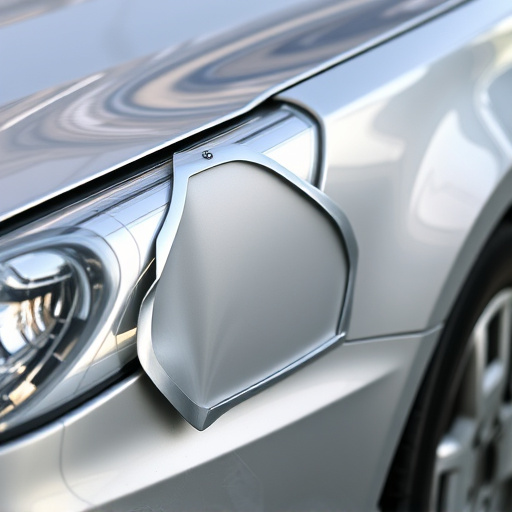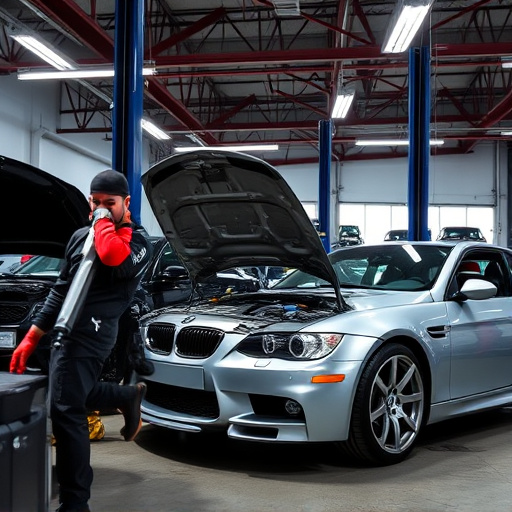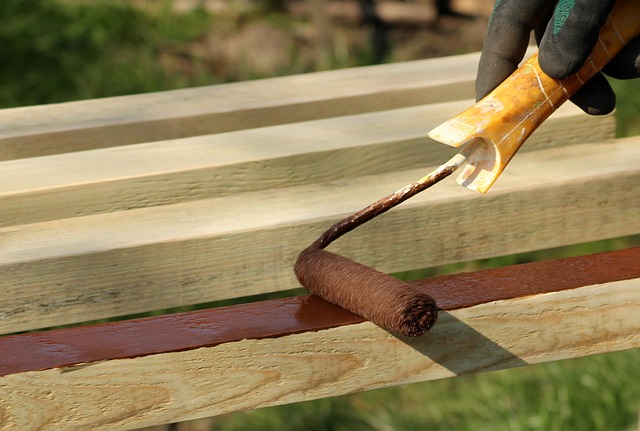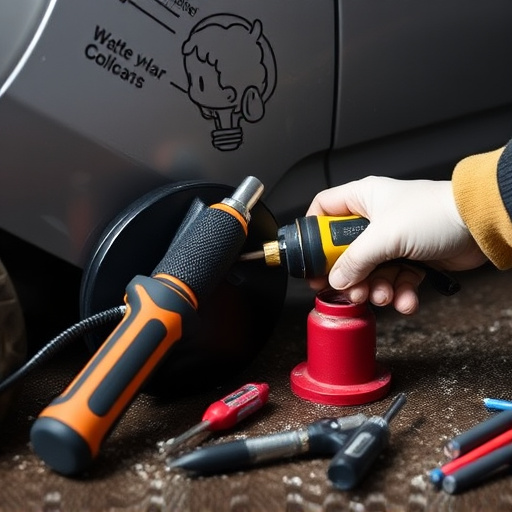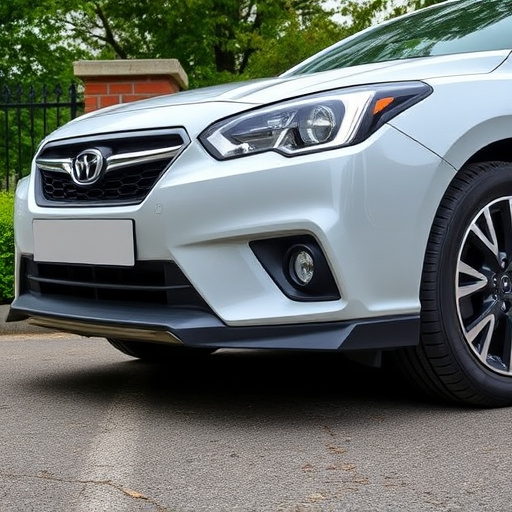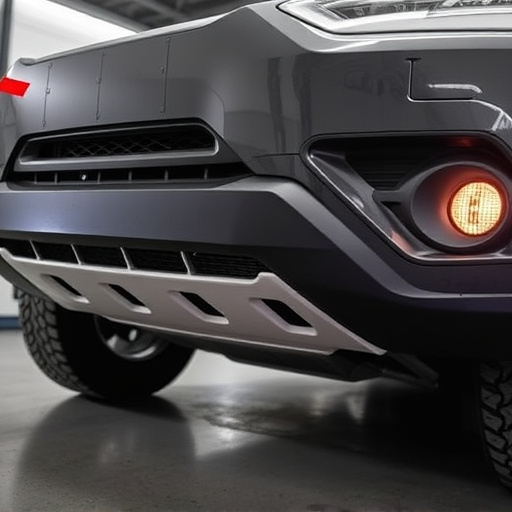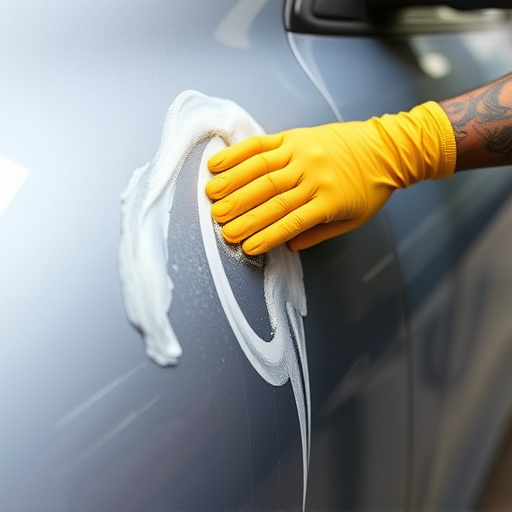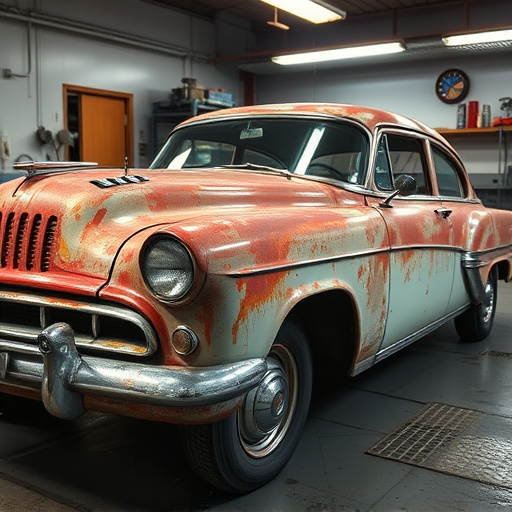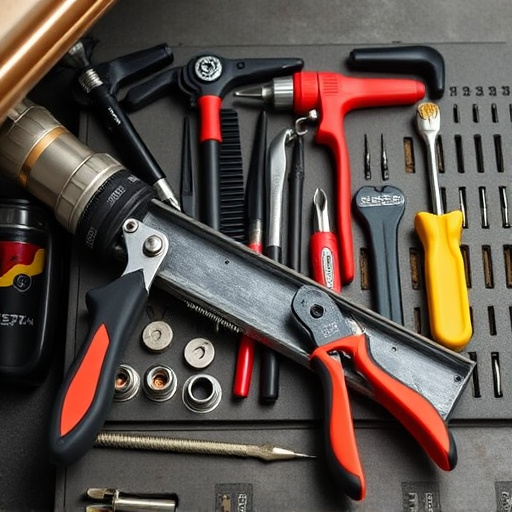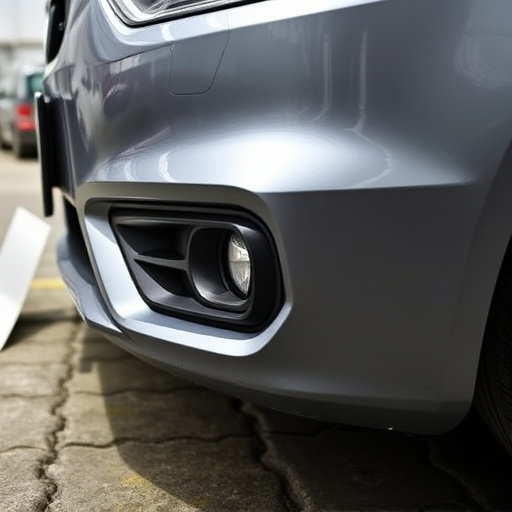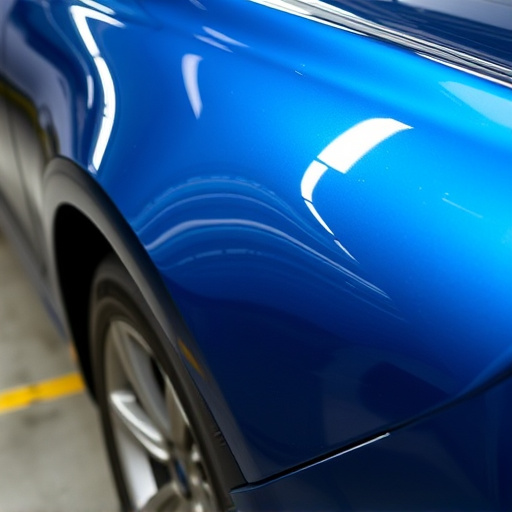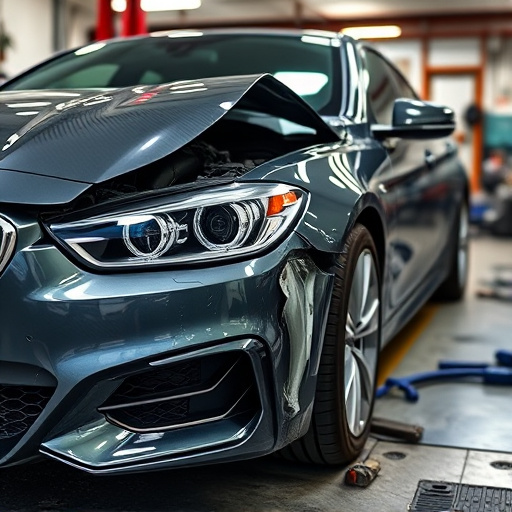Regular cleaning, deep cleans, and weekly inspections are essential for maintaining technician safety equipment, such as respirators, gloves, and protective clothing. Proper auto maintenance practices, including wear checks and rust prevention, extend equipment lifespan. Clear inspection checklists ensure technicians identify potential hazards before use, upholding safety standards. Staying current with industry standards and regulations for technician safety equipment protects technicians, enhances efficiency, and ensures compliance.
Maintaining optimal technician safety equipment is paramount for ensuring workplace security and preventing accidents. This article provides a comprehensive guide on best practices, encompassing regular cleaning and maintenance routines, thorough inspection protocols, and staying abreast of industry standards. By adhering to these essential practices, technicians can ensure their gear remains in top condition, thereby enhancing job performance and mitigating potential risks associated with outdated or improperly maintained equipment.
- Regular Cleaning and Maintenance Routines
- Inspection Protocols for Safety Assurance
- Staying Up-to-Date with Industry Standards
Regular Cleaning and Maintenance Routines

Maintaining technician safety equipment is paramount to ensuring a secure working environment. Regular cleaning and maintenance routines should be implemented as a standard operating procedure. This involves promptly wiping down protective gear after each use, especially in environments with hazardous materials. A deep clean and inspection are recommended at least once a week, focusing on items like respirators, gloves, and eye protection, which can accumulate dust, oil, or other contaminants.
Following proper auto maintenance practices for equipment can extend their lifespan and functionality. This includes checking for any signs of wear and tear, such as cracks in hard hats or frayed electrical cords for power tools. Regular auto painting sessions can also prevent rust buildup on metal tools and gear, enhancing their durability. Similarly, frame straightening should be considered for specialized equipment to maintain precision and safety standards.
Inspection Protocols for Safety Assurance

Regular and thorough inspections are non-negotiable for ensuring the safety and efficiency of technician safety equipment. These protocols should cover every aspect of the gear, from protective clothing to specialized tools. Before each use, technicians must check for any signs of wear, damage, or malfunction. This includes visually inspecting items like gloves, goggles, and hard hats, as well as testing the functionality of devices such as fire extinguishers, first aid kits, and emergency lights.
For critical equipment like those used in frame straightening and auto body shop processes, meticulous inspection is even more crucial. In a vehicle restoration scenario, for instance, safety protocols demand that all tools and protective gear be examined for any abnormalities before use to prevent accidents and ensure the technician’s well-being. Establishing clear inspection checklists can significantly streamline this process, guaranteeing that no detail is overlooked in pursuit of the highest safety standards.
Staying Up-to-Date with Industry Standards

Staying current with industry standards is paramount when it comes to technician safety equipment. The automotive industry is constantly evolving, and so too are the best practices for ensuring technician safety during auto collision centers or automotive repair services. Keeping up with these changes ensures that your team has access to the latest technologies and gear designed to protect them while performing essential tasks like automotive body work. Industry associations and regulatory bodies regularly update standards to reflect advancements in safety technology, so it’s crucial to remain informed about any changes that could impact your operations.
By staying on top of these updates, you can ensure your technician safety equipment remains effective and compliant with current regulations. This proactive approach not only protects your team but also enhances the overall efficiency of your auto collision center or automotive repair services by minimizing downtime related to outdated gear or improper use of equipment.
Maintaining and inspecting technician safety equipment is paramount to ensuring the well-being of professionals in various industries. By adopting regular cleaning and maintenance routines, implementing robust inspection protocols, and staying current with industry standards, technicians can maximize their protection and perform tasks with confidence. These best practices not only extend the lifespan of safety gear but also contribute to a culture of workplace safety and adherence to essential industry guidelines.
